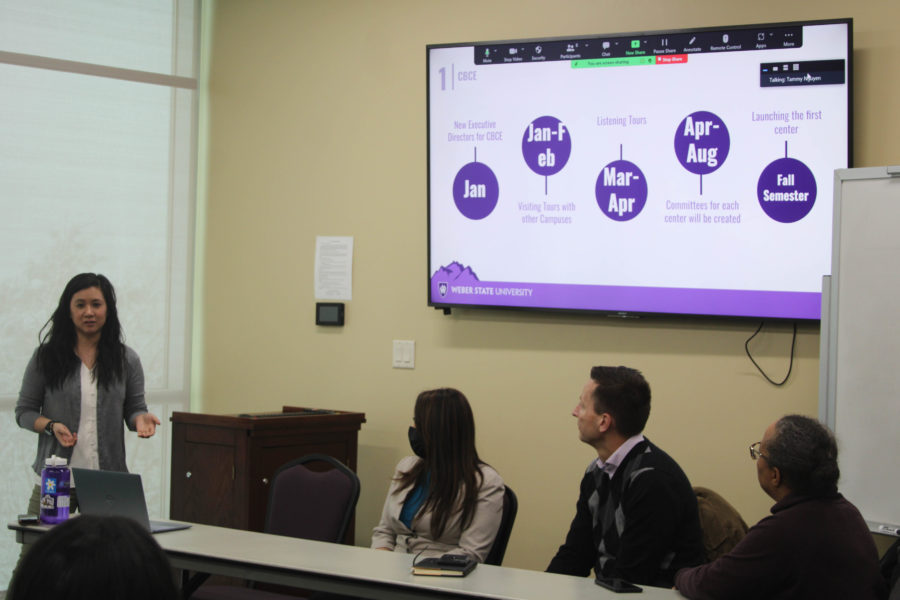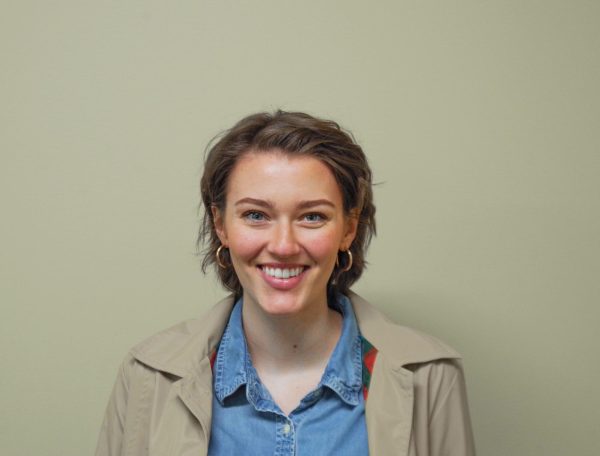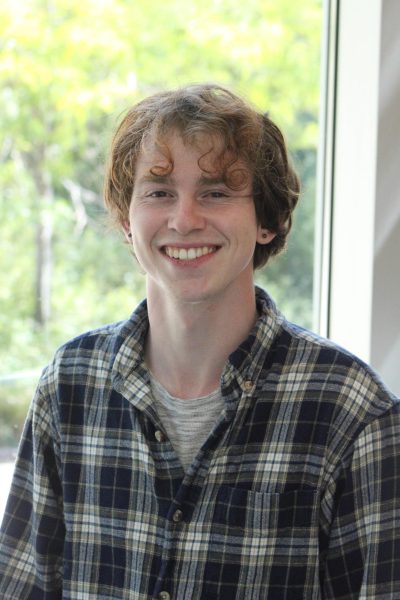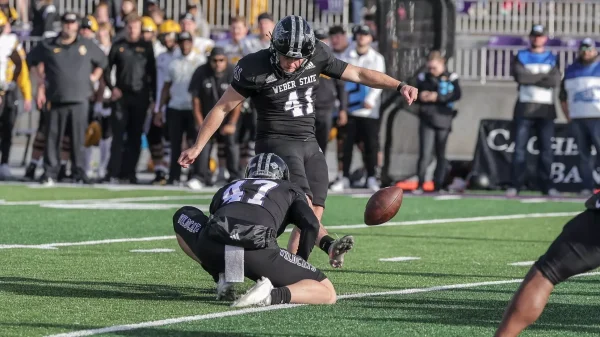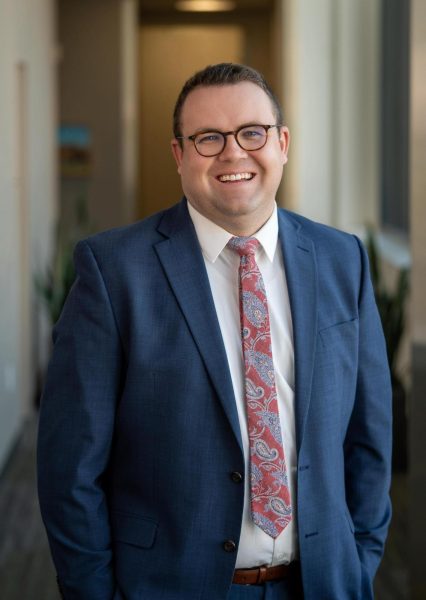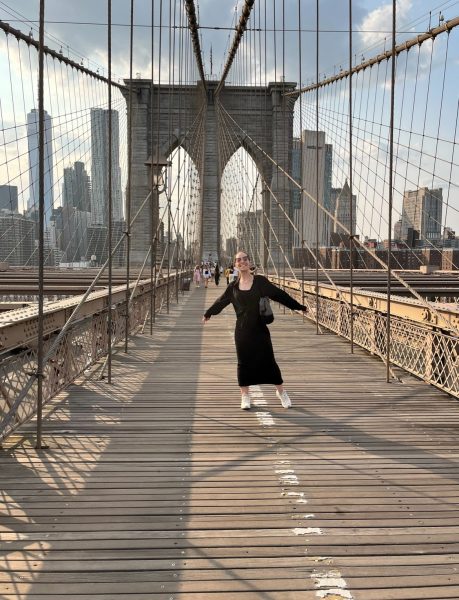CBCE: The fight for equity
Weber State University’s Centers for Belonging and Cultural Engagement held the first two meetings of their Listening Tour on March 20 and 21. Progress in implementing the centers is continuing since its start in January.
“It’s been a very frustrating process,” Genesis Vargas, a WSU student, said. “It’s just the lack of consistency with communication and transparency more than anything.”
Tammy Nguyen, senior diversity officer and executive director, said the administration sees the students’ frustrations, and they are working as fast as possible.
“I understand the students’ frustration … I 100% understand that,” Nguyen said. “It’s really unfortunate because as much as I would love to move the process much faster, we just can’t at this time.”
The CBCE was announced in November 2022 to replace the Center for Multicultural Excellence with five individual centers based on cultural identity: Black or African American; Hispanic or Latino; Native American; Pacific Islander; and Pan-Asian.
“This new structural arrangement, scheduled to take effect Jan. 3, 2023, will establish cultural centers to support students who self-identify with specific affinity groups,” Adrienne Andrews, vice president for Equity, Diversity and Inclusion, wrote in the email announcement.
Some of the current confusion and frustration may have stemmed from that announcement. Jan. 3 was the start of the transitional phase, but not the immediate implementation of CBCE or the dissolution of the CME, according to Nguyen.
“While the centers are still in development, resources for students have not gone away,” Nguyen said. “Nothing has gone away from the prior CME resources for students … And so if students still need help, please, we’re still open and we’re still available.”
Students can still go to the old CME location in Student Services room 150 for assistance. Scholarships and waivers are also open for application until April 30.
Finding physical locations for the centers has been another hot topic and logistical hurdle. Currently, the only group with a definite location and opening date is the Black Cultural Center, which will be in the Shepherd Union and set to open in the fall semester.
At the first meeting of the Listening Tour, WSU President Brad Mortensen said he is actively looking for space for the four unhoused affinity groups. When asked when that would happen, Mortensen said, “As soon as we can.”
Affinity groups do not need to wait for a location to start forming committees that will shape the individual goals for their center.
“Nobody, unless you were in the meeting yesterday [March 20], is going to know that there are committees happening,” Vargas said. “So it would be nice for CBCE to put some more focus on maybe we don’t have physical buildings yet, but let’s start with committees.”
Both students and the administration said they will continue to fight for equity, despite the time it takes.
“Sometimes something happens that requires us to maybe take a little bit more time to do things,” Nguyen said. “But it doesn’t mean that we’re ever going to stop. We’re going to always continue to move forward with this plan.”
Hughes said she will never give up her fight.
“As Black people, we’ve always had to be resilient people … even when they cut us, when they beat us, when they whipped us, when they bruised us, when they abused us, we still got up and fought for our freedom,” Hughes said. “So no matter what, I may be a little disappointed, but I’m not going to stop fighting for the freedom of myself and other Black students.”


